C-4: The Vietnam-Era Explosive Still Used Today
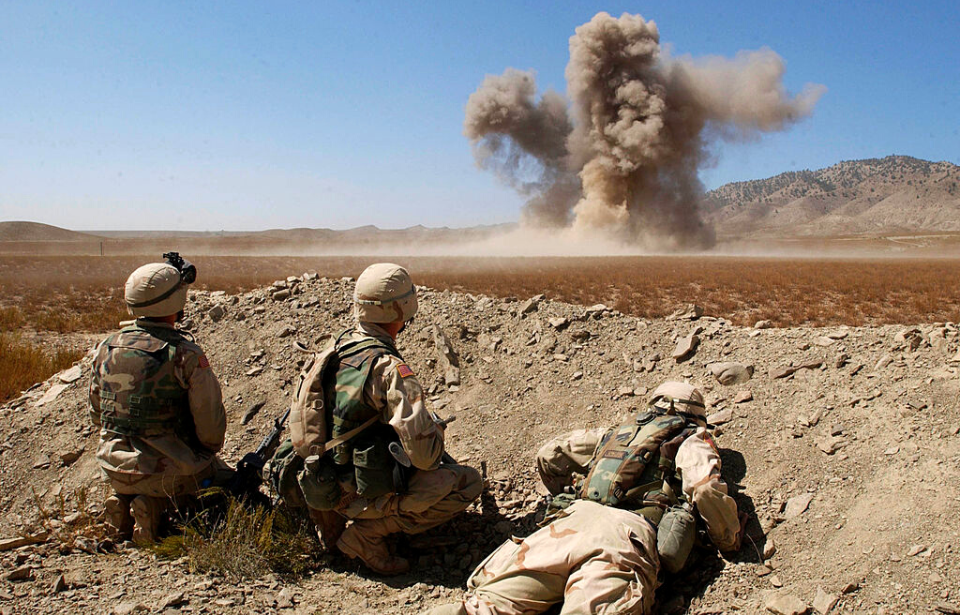
The Second World War was the catalyst for countless new technologies that we still use today. From medicines like penicillin to the atomic bomb and even M&Ms – wartime innovations continue to shape our daily lives.
For the people of Ukraine currently fighting a war against Russia, innovations in explosives and other weapons are key to their survival. One of those explosives, C-4, has been an important explosive since the days of Vietnam.
The Vietnam War
C-4, also known as Composition C-4, is a plastic explosive that was first designed in 1956. Its malleable, clay-like texture and relative stability make C-4 ideal for use in combat as it’s lighter to carry, can be molded to fit any shape, and won’t detonate when exposed to physical shocks – unlike other explosives.
C-4 uses a chemical explosive known as RDX that was first developed by both Britain and Germany during World War II. It wasn’t until the Vietnam War that C-4 would take on a new role as an explosive and a resource. It was used in mines like the iconic M18 Claymore mine, which used an earlier form of C-4 known as C-3.
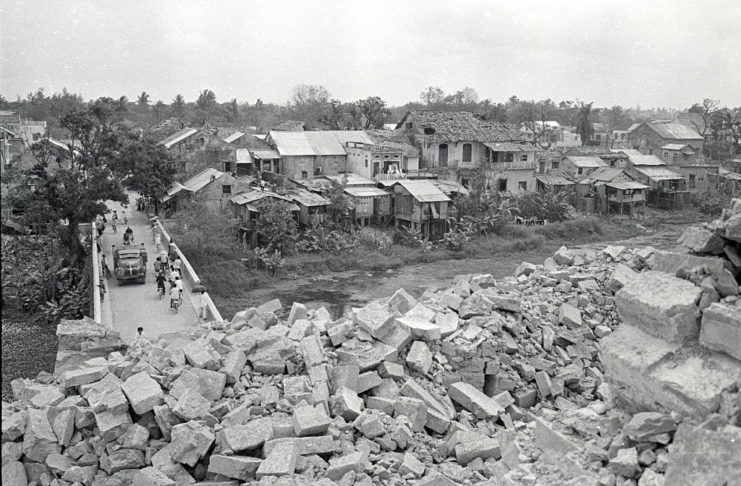
The Claymore mine was developed by Norman Macleod in 1952, and it soon became a key line of attack during the Korean and Vietnam Wars. Unlike other landmines, the Claymore is a directional explosive that is command-detonated. Once detonated by remote control, the mine explodes and sends a spray of metal ball bearings that act like bullets, tearing into people, buildings, and vehicles.
Claymore mines were also a great source for soldiers to access C-4 for personal use. Beyond its use as an explosive, C-4 served several other purposes during the Vietnam War. When lit on fire, C-4 burns like a fuel source and doesn’t explode which was useful for soldiers looking to warm their food or escape from the dampness of the jungle.
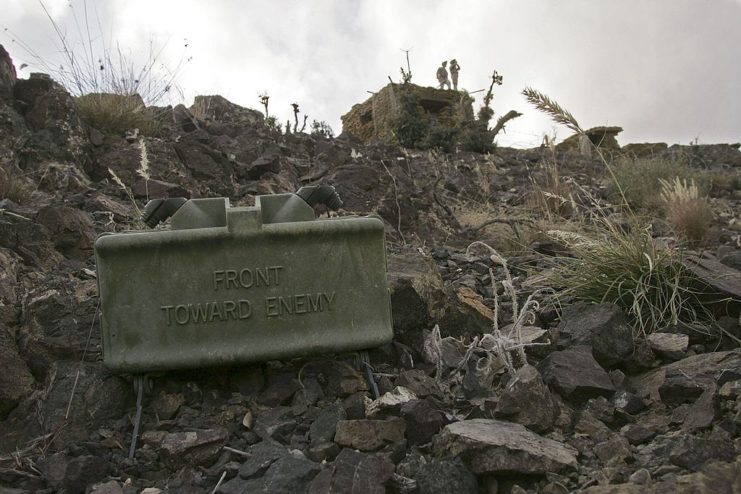
Field troops also figured out that ingesting C-4 produces a high similar to ethanol in gasoline. Not only was C-4 ingested as a drug, but it was also ingested to purposely make someone appear ill enough to be on sick leave or discharged altogether.
The War on Terror
Since its development in 1952, C-4 has been used in most major global conflicts including the global War on Terror. According to the United States Department of Homeland Security, C-4 is one of the preferred explosives that Al-Qaeda trains members to use. Since C-4 is only produced in the US, it is only found in countries with connections to the US Military (but there are reports that Iran also manufactures C-4).
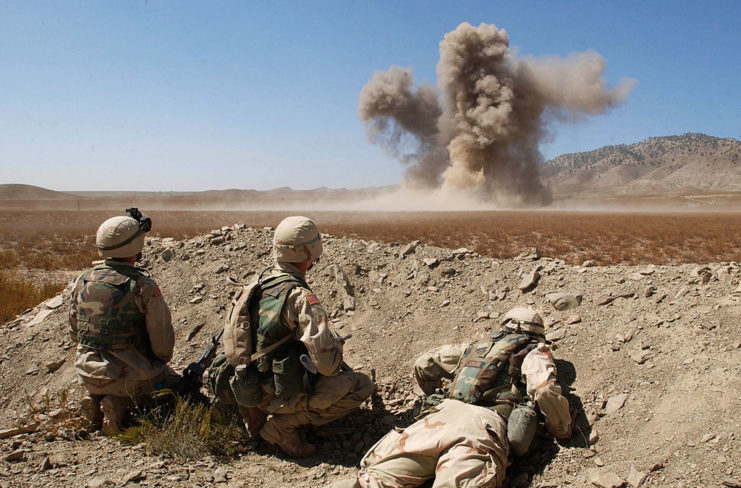
C-4 was used by terrorists during the 2000 U.S.S. Cole and 2002 Bali nightclub bombings, the 1996 bombing of the Khobar Towers in Saudi Arabia. It is also frequently used in improvised explosive devices (IEDs) in Iraq. C-4 was also used by the United States military throughout the Iraq and Afghanistan wars.
Today: The Ukraine-Russia Conflict
Recently, the United States Department of Defense released a new 800 million dollar aid package for the Ukraine conflict, which includes new capabilities for Ukrainian forces and allies to use C-4 explosives and demolition equipment for obstacle clearing, as well as M18A1 Claymore anti-personnel munitions “configured to be consistent with the Ottawa Convention.”
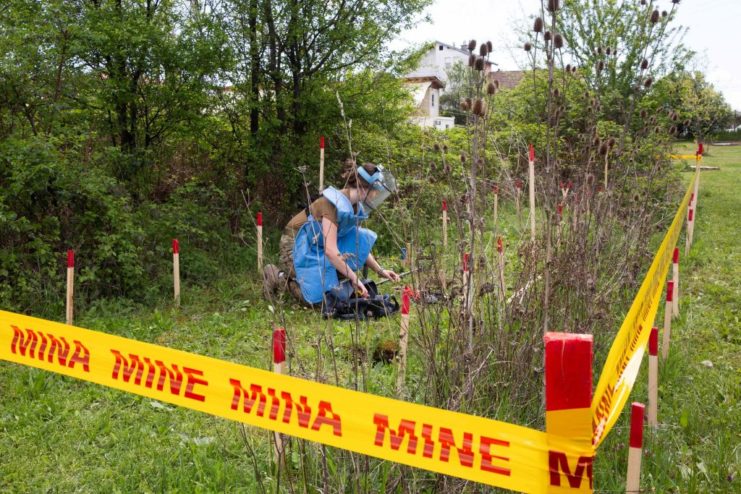
It is not widely known if Russia is using C-4 or other plastics explosives, but they are likely involved in military demolitions to clear obstacles. Unfortunately, the real concern lies in the other horrific explosive weapons Russia is using in Ukraine.
Cluster bombs are one of the weapons that Russia has used in their attack despite the 2010 Convention on Cluster Munitions which banned their use in 123 countries due to the high amount of civilian casualties caused by cluster bombs.
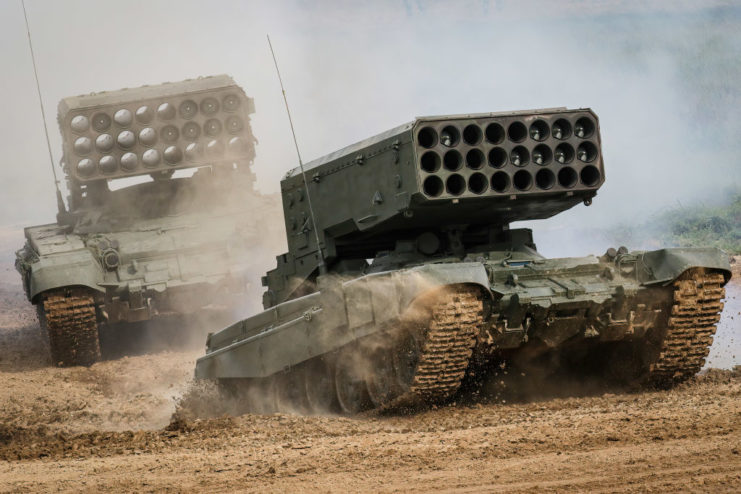
Russia is also using thermobaric bombs in Ukraine, a terrifying weapon also nicknamed the “vacuum bomb”. The bomb contains a fuel canister and two explosive charges. The first charge disperses the fuel as a large gas cloud and the second charge ignites the fuel, turning it into a fireball that quickly uses up oxygen. Not only do thermobaric bombs destroy buildings or equipment, but they can also create a vacuum effect that ruptures the lungs of nearby soldiers and civilians.
The perception of C-4 use has changed drastically since it was first introduced in the 1950s. Today, C-4 is used less like a weapon and more like a tool for soldiers to use in demolitions on and off the battlefield. Although more destructive and sophisticated explosives have been created since it was first introduced, C-4 won’t be going anywhere any time soon.
